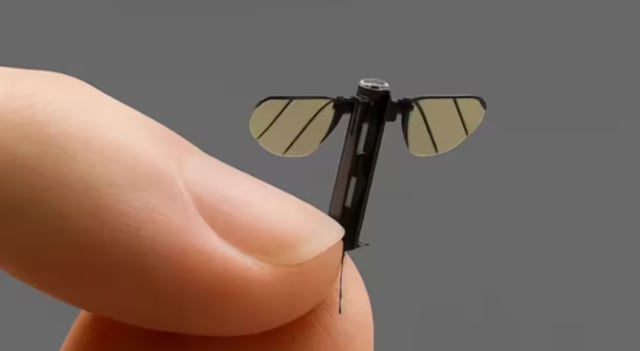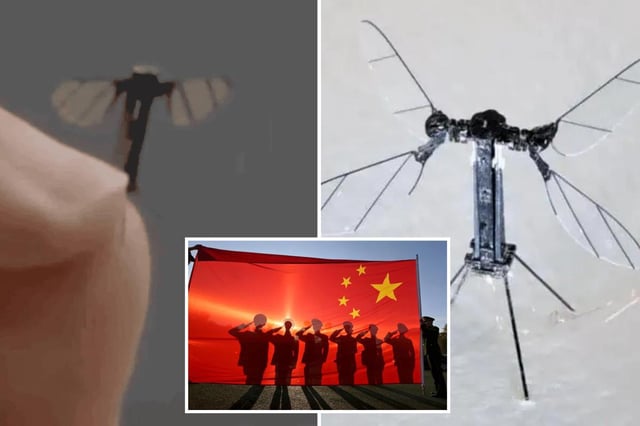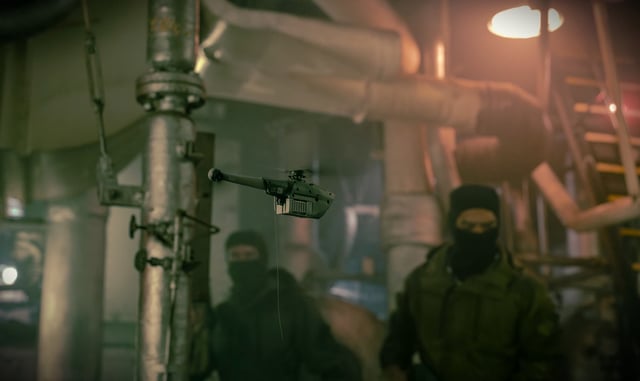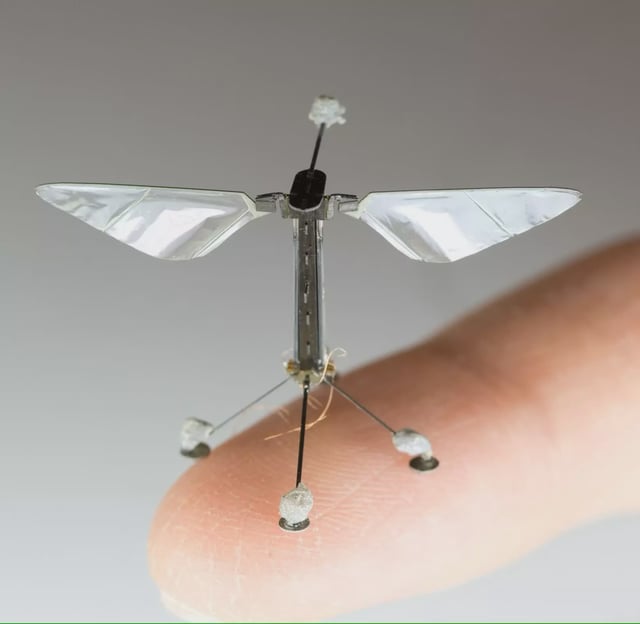Overview
- Developed by China’s National University of Defense Technology, the 2-centimeter UAV mimics mosquito flight with bionic wings and three ultra-thin legs.
- Equipped with miniaturized cameras, microphones, and sensors, the microdrone can be operated via smartphone for indoor and covert surveillance.
- Its near-silent operation and radar-evading profile allow it to bypass traditional detection systems.
- Analysts highlight its limited battery life and payload capacity, noting that extended missions require frequent recharge and redeployment.
- The reveal marks the latest milestone in a growing global micro-robotics arms race that includes Norway’s Black Hornet and Harvard’s RoboBee.



